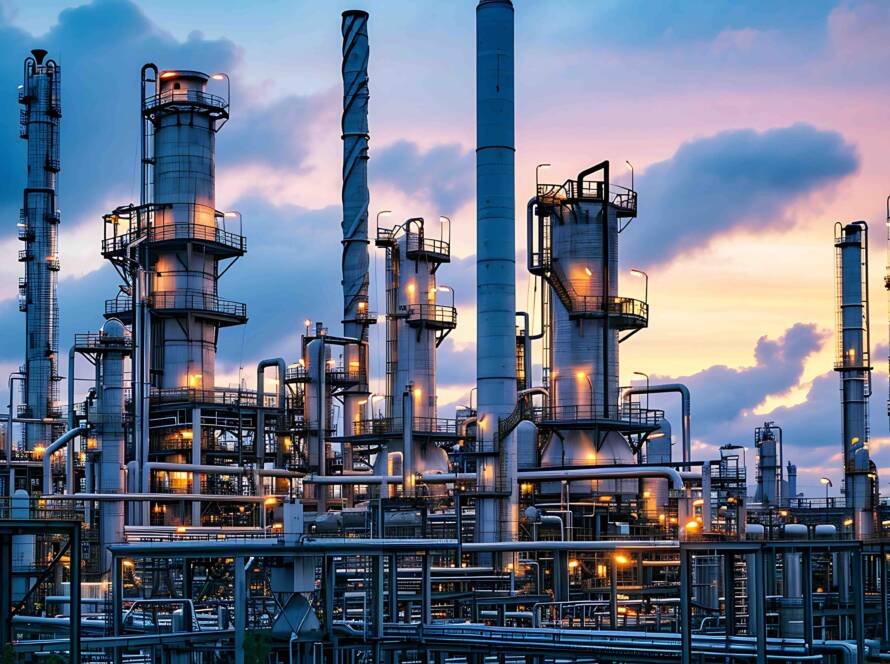Fuels are an essential part of modern transportation and industry, powering vehicles, machinery, and aircraft worldwide. Among the most widely used fuels are gasoline, diesel, and jet fuel—each designed for specific applications with unique chemical compositions and performance characteristics. This article explores these three major fuel types, their differences, and their impact on industries and the environment.
1. Gasoline: The Fuel for Light-Duty Vehicles
Composition and Properties
Gasoline is a refined petroleum product composed of hydrocarbons with a high volatility that allows for easy combustion in internal combustion engines. It is often blended with additives to improve performance, reduce engine knocking, and lower emissions.
Uses and Applications
- Primarily used in passenger cars, motorcycles, and small-engine equipment.
- Ideal for spark-ignition engines, which require rapid combustion.
- Commonly blended with ethanol to reduce carbon emissions and enhance fuel efficiency.
Advantages and Disadvantages
✅ High energy content, providing strong acceleration and performance.
✅ Readily available with an extensive fueling infrastructure.
❌ Higher carbon emissions compared to alternative fuels.
❌ Less efficient than diesel in terms of fuel economy.
2. Diesel: The Workhorse of Heavy-Duty Transportation
Composition and Properties
Diesel fuel consists of longer-chain hydrocarbons, making it denser and less volatile than gasoline. This results in a more efficient combustion process, especially in high-compression engines.
Uses and Applications
- Used in trucks, buses, trains, ships, and industrial machinery.
- Found in diesel generators for power production.
- Ideal for compression-ignition engines, which operate at higher efficiency levels.
Advantages and Disadvantages
✅ Higher energy efficiency and fuel economy compared to gasoline.
✅ Produces more torque, making it suitable for heavy loads.
❌ Emits more nitrogen oxides (NOx) and particulate matter than gasoline.
❌ Diesel engines tend to be more expensive to manufacture and maintain.
3. Jet Fuel: Powering Aviation
Composition and Properties
Jet fuel is a kerosene-based fuel designed to meet the rigorous demands of aviation. It has a lower freezing point than gasoline or diesel and contains additives to prevent icing and improve combustion stability.
Uses and Applications
- Used in commercial and military aircraft, as well as some helicopters.
- Essential for gas turbine engines, which require a stable, high-energy fuel source.
Advantages and Disadvantages
✅ Highly refined for consistent performance and safety at high altitudes.
✅ Designed to withstand extreme temperature variations.
❌ More expensive due to stringent refining and handling requirements.
❌ Contributes significantly to carbon emissions in aviation.
The Environmental Impact and Future of Fuel Technology
With growing concerns over climate change and air pollution, fuel industries are actively working on cleaner alternatives:
- Biofuels: Ethanol and biodiesel are being blended with conventional fuels to reduce emissions.
- Electric and Hydrogen Technologies: These emerging solutions aim to replace fossil fuels in the long term.
- Advanced Refining and Emission Control Technologies: Stricter regulations and innovations are leading to cleaner-burning fuels.
Conclusion
Gasoline, diesel, and jet fuel each serve crucial roles in transportation and industry, offering distinct advantages and challenges. As the world moves towards more sustainable energy solutions, advancements in fuel technology and alternative energy sources will play a key role in shaping the future of transportation.



